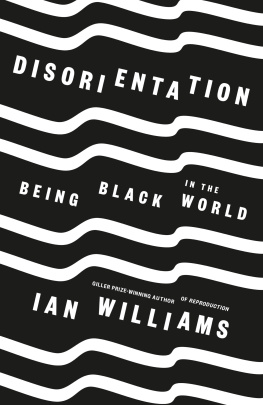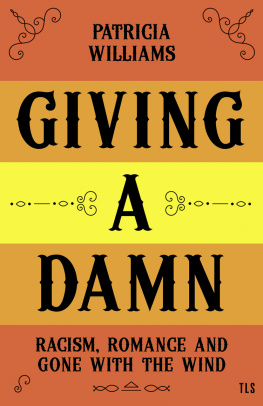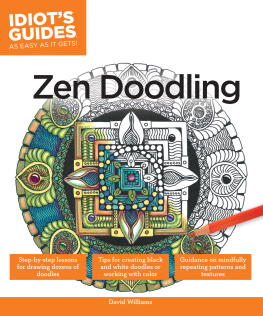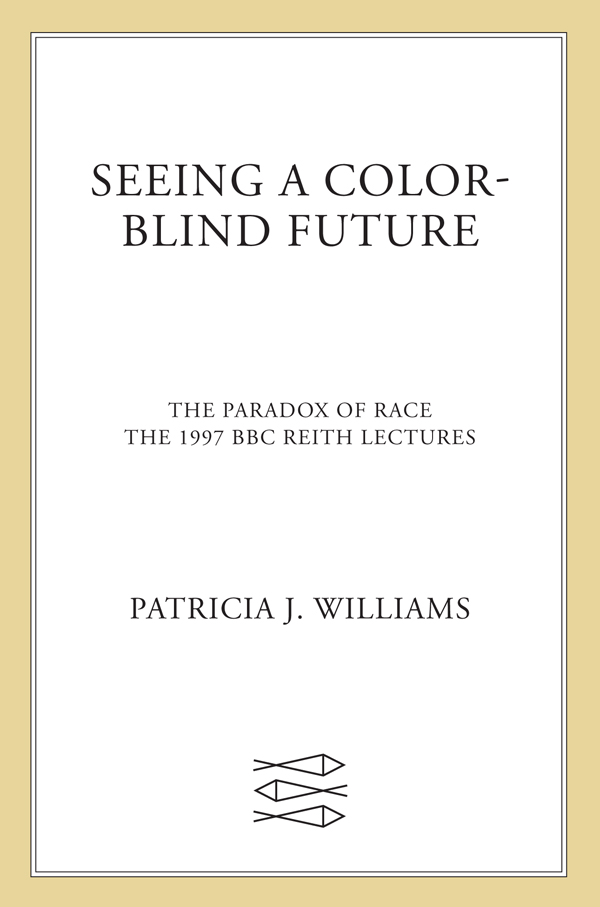
The author and publisher have provided this e-book to you for your personal use only. You may not make this e-book publicly available in any way. Copyright infringement is against the law. If you believe the copy of this e-book you are reading infringes on the authors copyright, please notify the publisher at: us.macmillanusa.com/piracy.
My son used to attend a small nursery school. Over the course of one year, three different teachers in his school assured me that he was color-blind. Resigned to this diagnosis, I took my son to an ophthalmologist who tested him and pronounced his vision perfect. I could not figure out what was going on until I began to listen carefully to what he was saying about color.
As it turned out, my son did not misidentify color. He resisted identifying color at all. I dont know, he would say when asked what color the grass was; or, most peculiarly, It makes no difference. This latter remark, this assertion of the greenness of grass making no difference, was such a precociously cynical retort, that I began to suspect some social complication in which he was somehow invested.
The long and the short of it is that the well-meaning teachers at his predominantly white school had valiantly and repeatedly assured their charges that color makes no difference. It doesnt matter, they told the children, whether youre black or white or red or green or blue. Yet upon further investigation, the very reason that the teachers had felt it necessary to impart this lesson in the first place was that it did matter, and in predictably cruel ways: some of the children had been fighting about whether black people could play good guys.
My sons anxious response was redefined by his teachers as physical deficiency. This anxiety redefined as deficiency suggests to me that it may be illustrative of the way in which the liberal ideal of color-blindness is too often confounded. That is to say, the very notion of blindness about color constitutes an ideological confusion at best, and denial at its very worst. I recognize, certainly, that the teachers were inspired by a desire to make whole a division in the ranks. But much is overlooked in the move to undo that which clearly and unfortunately matters just by labeling it that which makes no difference. The dismissiveness, however unintentional, leaves those in my sons position pulled between the clarity of their own experience and the often alienating terms in which they must seek social acceptance.
Theres a lot of that in the world right now: someone has just announced in no uncertain terms that he or she hates you because youre dark, lets say, or Catholic or a woman or the wrong height, and the panicked authority figures try to patch things up by reassuring you that race or gender or stature or your heartfelt religion doesnt matter; means nothing in the calculation of your humanity; is the most insignificant little puddle of beans in the world.
While I do want to underscore that I embrace colorblindness as a legitimate hope for the future, I worry that we tend to enshrine the notion with a kind of utopianism whose navet will ensure its elusiveness. In the material world ranging from playgrounds to politics, our ideals perhaps need more thoughtful, albeit more complicated, guardianship. By this I mean something more than the I think therefore it is school of idealism. I dont think about color, therefore your problems dont exist. If only it were so easy.
But if indeed its not that easy then the application of such quick fixes becomes not just a shortcut but a short-circuiting of the process of resolution. In the example of my sons experience at school, the collective aversion to confronting the social tensions he faced resulted in their being pathologized as his individual physical limitation. This is a phenomenon that happens all too frequently to children of color in a variety of contexts. In both the United States and the United Kingdom, the disproportionate numbers of black children who end up in special education or who are written off as failures attest to the degree to which this is a profound source of social anxiety.
In addition, the failure to deal straightforwardly with the pervasive practices of exclusion that infect even the very young allowed my sons white schoolmates to indulge in the false luxury of a prematurely imagined community. By this I mean that we can all be lulled rather too easily into a self-congratulatory stance of preached universalismWe are the world! We are the children! was the evocative, full-throated harmony of a few years ago. Yet nowhere has that been invoked more passionately than in the face of tidal waves of dissension, and even as the children learn that we children are not like those, the benighted creatures on the other side of the pale.
This tension between material conditions and what one is cultured to see or not seethe dilemma of the emperors new clothes, we might call itis a tension faced by any society driven by bitter histories of imposed hierarchy. I dont mean to suggest that we need always go about feeling guilty or responsible or perpetually burdened by original sin or notions of political correctness. I do wish, however, to counsel against the facile innocence of those three notorious monkeys, Hear No Evil, See No Evil, and Speak No Evil. Theirs is a purity achieved through ignorance. Ours must be a world in which we know each other better.
To put it another way, it is a dangerous if comprehensible temptation to imagine inclusiveness by imagining away any obstacles. It is in this way that the moral high ground of good intentions knows its limits. We must be careful not to allow our intentions to verge into outright projection by substituting a fantasy of global seamlessness that is blinding rather than just color-blind.
This is a dilemmabeing colored, so to speak, in a world of normative whiteness, whiteness being defined as the absence of color. The drive to conform our surroundings to whatever we know as normal is a powerful forceconvention in many ways is more powerful than reason, and customs in some instances are more powerful than law. While surely most customs and conventions encode the insights of ancient wisdom, the habits of racial thought in Western society just as surely encapsulate some of the greatest mistakes in human history. So how do we rethink this most troubled of divisions, the fault line in our body politic, the fault line in ourselves? The ability to remain true to one self, it seems to me, must begin with the ethical project of considering how we can align a sense of ourselves with a sense of the world. This is the essence of integrity, is it not, never having to split into a well-maintained front and a closely guarded inside.
Creating community, in other words, involves this most difficult work of negotiating real divisions, of considering boundaries before we go crashing through, and of pondering our differences before we can ever agree on the terms of our sameness. For the discounted vision of the emperors new clothes (or a little boys color) is already the description of corrupted community.
Perhaps one reason that conversations about race are so often doomed to frustration is that the notion of whiteness as race is almost never implicated. One of the more difficult legacies of slavery and of colonialism is the degree to which racisms tenacious hold is manifested not merely in the divided demographics of neighborhood or education or class but also in the process of what media expert John Fiske calls the exnomination of whiteness as racial identity. Whiteness is unnamed, suppressed, beyond the realm of race. Exnomination permits whites to entertain the notion that race lives over there on the other side of the tracks, in black bodies and inner-city neighborhoods, in a dark netherworld where whites are not involved.









